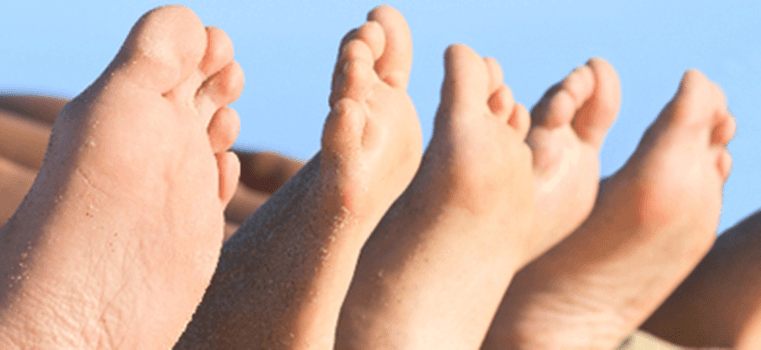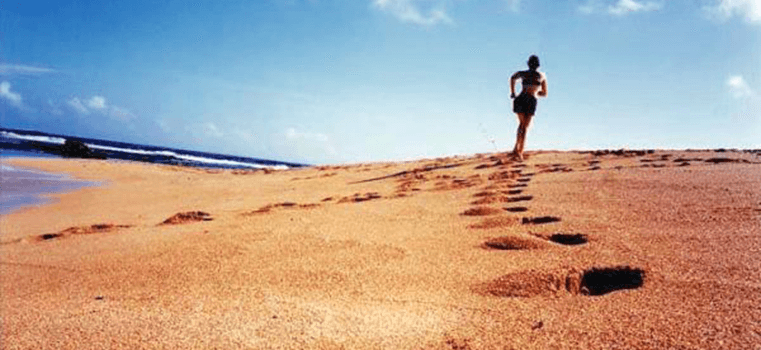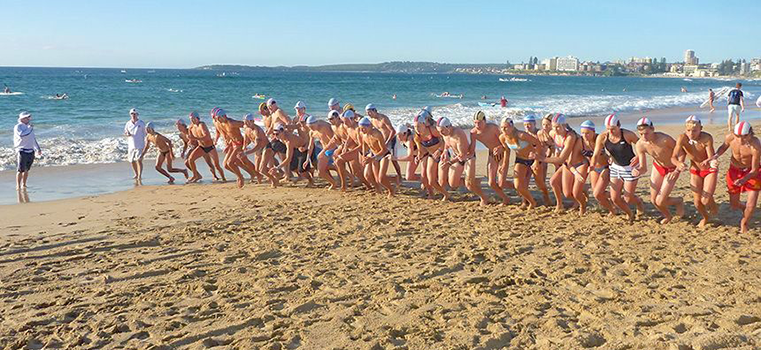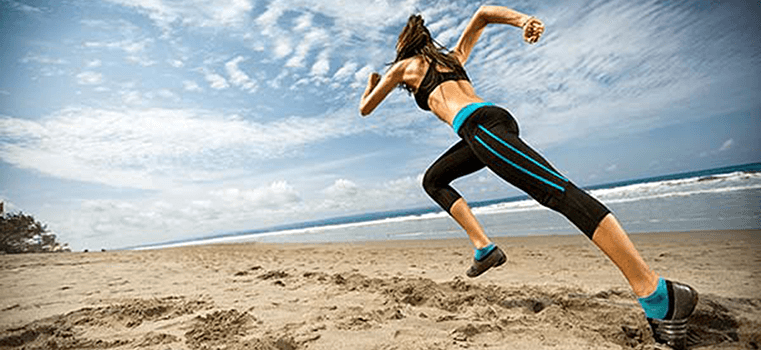Dynamic Stretching
Hitting the road after you just spent eight hours curled up in bed or parked behind a desk can shock your system. That's why it's smart to do a dynamic warmup before you launch into a workout. Plus, research shows that a dynamic warmup improves quadriceps strength and hamstring flexibility, which can carry over to a stronger running performance.
Static Stretching is History!
Maybe you've heard that stretching before a run is a big mistake. Indeed, studies show that static stretching—holding a muscle in an elongated, fixed position for 30 seconds or more—could hurt performance if done before a workout (save it for after your run). But dynamic stretching, which uses controlled leg movements to improve range of motion, loosens up muscles and increases heart rate, body temperature, and blood flow to help you run more efficiently. Dynamic stretching is most effective when it's sport specific. The National Institute of Health many years ago circulated information that static stretching slows down your performance and exposes athletes to injury in pre-maturely loading the stretch sensor in the muscle known as the Golgi Tendon Apparatus. The key is understanding and practicing dynamic stretching as a warm-up. Commonly this is known as doing lines before your sporting event and is commonly practice by just about every team today. We will get into the specifics below.
First, why stretch?
Many coaches and trainers create pre-game or pre-sport warm-ups. They understand that a few minutes spent stretching before an activity can help prevent many common injuries such a sprains, strains and tears. This preparatory activity stimulates circulation to the muscle, connective tissue areas and joints, increasing flexibility and improving range of motion. In short, stretching helps prepare the body for activity.
Watch a dog as he arises from bed, and lets you know he's ready for exercise. The first movement he engages in is his long stretch. You've seen many other animals practice the same ritual, and yet no one told them to do it! It's a natural experience to prepare the body for quick, propulsive action. Think how you spend your day: sitting at a desk, standing in one position, driving and watching television, sometimes for hours at a time. After maintaining these positions so long, the flexor muscles tighten and shorten, while the extensor muscles require strengthening. Women who wear high heel shoes all day have a similar problem, with calf muscles and Achilles tendons tightening and shortening. Stretching is imperative for them prior to activity.
After muscles have been stretched to 110% of their resting length, they function much more efficiently. Moving joints help to improve the flow of synovial fluid within the joints. By performing exercises which increase flexibility and strengthen muscles, improved function follows.
However, stretching has to be done properly. Either the participant or a trainer must be familiar with muscle groups, their origins, and their insertions. Certain exercises are recommended for particular sports, and they usually help to work specific muscle groups.
The goal of dynamic stretch is as follows:
- Increased heart rate and respiration (getting the body revved up for your workout)
- Improved range of motion and lubricated joints
- More capillary activation (delivering more oxygen to your muscles)
- Increased elasticity in your tendons and ligaments (this reduces the risk of tears)
- Enhanced performance
Do’s and Don'ts
The cardinal rule of proper stretching is: "don't bounce". Ballistic stretching will only cause the muscle receptors to fire, and, rather than stretch, will cause the stretch reflex mechanism to instantly contract.
Bouncing or over stretching can be counterproductive. It can cause micro-trauma or tears in the muscles or connective tissue. As a result, this can create a weakness that may surface later in the run. Stretching should be performed for a prescribed period of time, generally not to exceed 5 to 10 minutes. Keeping the body in proper alignment when performing the stretch is important to keep in mind. Stretch adequately as many of the muscle groups as will be involved in the activity.
In the summer months, stretching is not as necessary as it is in the winter. However, it is still recommended as opposed to a slow trot warm-up during the first mile. Running slowly in the beginning of the run-in hot climates is often recommended to avoid increased lactic acid build-up and cramps. In cold weather, there is no substitute for good stretching to warm up muscles and prepare them for the run ahead. This help prevents tightness due to the cold and helps to avoid injury.
LOWER EXTREMITY 60 FOOT-LINE DYNAMIC STRETCHING ROUTINE. One system that has worked for many younger teams is to move down a single line that is 60 to 80 feet where you do the dynamic stretch and then do a light job back to the beginning of the line. For kids such as in baseball they run from home plate to first base and job back to home and go into the next dynamic stretch. This creates a circular pattern where everyone is in constant motion and makes stretching very fun for the younger groups. For the older athletes, having everyone do 60-foot lines is more professional and is what almost everyone is doing today and then jog back. This the correct order of stretches that progresses the dynamic stretch around the core as the body warms up.
HIGH KNEE LIFTS: With each step, raise your knee high to your chest level and raise up on your toes.
BUTT-KICKS: While standing tall, walk forward with an exaggerated backswing so that your heels come up to your glutes while jogging.
CRABS: Lower your body and widen your feet and move sideways in using your feet. Come back to the beginning of the line and switch side.
KARAOKE: This feels like a dance move in staying sideways as we cross our legs over each other. When you get back to the front of the line, switch to the other side.
WALKING LUNGES: Step forward using a long stride, keeping the front knee over or just behind your toes. Lower your body by dropping your back knee toward the ground. Maintain an upright posture and keep your abdominal muscles tight. Alternate lunging with each leg.
FRANK-N-STEIN KICKS: Keeping your back and knees straight, walk forward, extend your hand out and kick your left hand with your right foot and alternate in lifting your legs straight out in front and flexing your toes.
UPPER BODY DYNAMIC STRETCHING: Once the lower extremity is warm-up then the team or individual needs to do upper body dynamic stretching. There is nothing involved but standing in one place and going through the stretches.
SMALL CIRCLES TO LARGE WINDMILLS FORWARD: With the arms at the shoulder level start small circles and slowly increase the circles until doing complete windmills for about 30 seconds to a minute.
SMALL CIRCLES TO LARGE WINDMILLS BACKWARD: With the arms at the shoulder level start small circles and slowly increase the circles until doing complete windmills for about 30 seconds to a minute. Instead of large backward windmills, swimming backward with the head back maybe more affective.
GOAL POSTS: With the elbows bent at 90 degrees and straight out from your shoulders, the arms are moved from straight up to in frond to your body to work the rotator cuffs.
SIDE POSTS: With the elbows to your sides, the arms are moved sideways to in front of your body to further work the rotator cuff.
HUG ME: With one arm at a time, the hand is moved to the opposite shoulder, and you reach back as far as you can while continuing to move and alternate reaching back.










